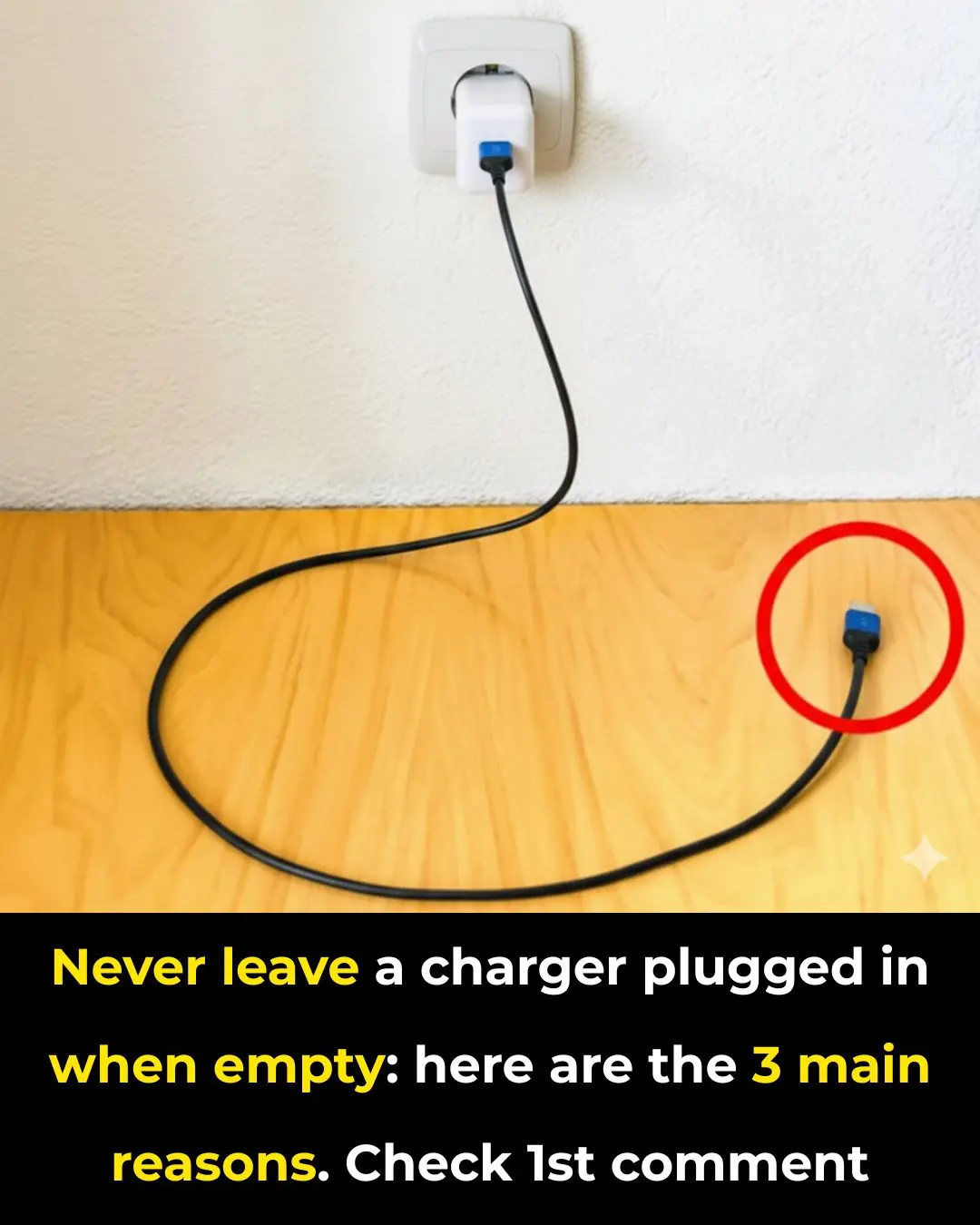
NASA boss reveals plans for an entire VILLAGE on the moon by 2035
Acting NASA administrator Sean Duffy told delegates at the International Astronautical Congress that the agency’s goal over the next decade is “sustained human life on the Moon — not just an outpost, but a village.” That lofty-sounding phrase has been widely reported and shared, but beneath the headline is a mix of existing Artemis plans, new directives about power and infrastructure, and years of international concept work that together could — if timelines hold — evolve into a long-term lunar presence. (NASA). NASA
Not a sci-fi colony yet — a staged program with named steps
NASA’s Artemis architecture already includes two concrete pieces that would underpin any longer-term stay: the in-orbit Gateway and a surface Artemis Base Camp concept that designers imagine near the lunar south pole (to access resources such as water ice). These are practical building blocks — modular habitats, rovers, landers and logistics chains — that would be scaled up over years from short visits to longer stays. (NASA; Smithsonian). NASA+1
What Duffy added (and what’s new)
Two announcements in recent weeks moved the conversation beyond concept. First, Duffy publicly framed the agency’s 10-year horizon as aiming for sustained occupation rather than short sorties — language that signals political intent as much as technical readiness. Second, NASA has explicitly asked industry to help design nuclear power for lunar use — a capability the agency sees as key to supporting continuous, high-power operations on the surface. Those nuclear plans (and the leadership signal that accompanies them) were highlighted in related policy documents and reporting. (NASA; Politico). NASA+1
International and commercial pieces are already being locked in
Building something called a “village” will rely on partners. European and commercial design teams have long promoted a loosely defined “Moon Village” concept — an open, modular community of modules and services contributed by many nations and companies — and NASA’s Artemis program is explicitly cooperation-minded (the Artemis Accords and Gateway partners are examples). Industry contracts are moving forward too: for example, a European industrial consortium recently won an Italian-led contract to develop a multi-purpose habitation module for lunar surface missions, showing how national agencies and private contractors are starting to commit hardware and schedules. (ESA; Reuters). esa.int+1
How the village would actually be built (technology & logistics)
Engineers are thinking pragmatically: inflatable and rigid modular habitats, pressurized rovers, surface power (including solar plus batteries and possibly small reactors), and in-situ resource use such as 3-D printing with lunar regolith to make radiation shielding or building blocks. NASA’s Foundation Surface Habitat concept and several university/industry designs already explore these ideas — the technical challenge is integrating them reliably, and then flying and assembling them on the Moon. (NASA; Smithsonian; MIT/architecture projects). NASA+1
Timelines, realities and the fine print
A few realities temper the “village by 2035” soundbite. NASA missions have slipped in the past (Artemis launch dates have shifted), budgets and congressional priorities matter, and a true “village” implies steady logistics, life-support, and power systems that are expensive and politically sensitive. Still — and crucially — the new language from NASA leadership plus concrete contracting steps (e.g., habitation module work and requests for lunar power concepts) show the agency is trying to move from demonstration missions toward sustained presence planning. (NASA; Reuters; Politico). NASA+2Reuters+2
Why the debate matters
A permanent (or semi-permanent) human presence on the Moon raises scientific, economic and geopolitical questions: who owns or uses local resources, how to avoid harmful interference, what role private firms will play, and how to protect lunar science and heritage. These are precisely the issues the Artemis Accords and international forums at IAC are trying to surface now — while engineers focus on habitats and power systems. (NASA). NASA
News in the same category


Man is accidentally paid 330 times his monthly salary and quits - then wins legal battle with bosses who tried to get it back

Glen Powell Reveals He Auditioned for Glee Role — but It Went to One of His 'Best Buddies' Instead

Woman Who Says She Coined Phrase 'Girlboss Too Close to the Sun' Speaks Out About Taylor Swift Using Phrase in New Album

The Chase’s Paul Sinha on the rudest celebrity he’s ever met

Lewis Moody reveals heartbreaking MND diagnosis

Jalen Hurts Adds “Author” to Resume with Debut Children’s Book

North Yorkshire road to be hit by 200-tonne 'supergrid transformer'

Actress Marla Gibbs to Release New Memoir at 94

Grandson Surprises His 80-Year-Old Grandmother as the Pilot on Her Flight

Adorable moment lonely Kyiv lion cub finally meets brother and sister

History Made: Willow Newell Crowned First Black Miss Wisconsin

Concerns for Simon Cowell as Britain’s Got Talent auditions cancelled ‘due to his ill health’

Katie Price’s ‘disrespectful’ behaviour at stage show with Junior and Princess blasted

PGA Apologizes to Rory McIlroy’s Wife Erica Stoll After She Was the Target of Hecklers at the Ryder Cup

Prince William Speaks Out on 12-Year-Old Prince George’s Future as King for the First Time

Japan's bizarre johatsu trend where you can pay people to make you disappear

Woman had to have organ taken out after a year of using weight loss drug Mounjaro
News Post

Pineapple Water: A Refreshing Drink That Supports Your Health

The Silent Threat: Recognizing Early Signs of Kidney Disease and Lifestyle Prevention

A Heartwarming Encounter: A Child’s Innocence and the Power of Love.

The Stranger Who Stopped: How One Man’s Compassion Saved a Life on a Busy Georgia Road

Baking Soda (Bicarbonate of Soda): Uses and Benefits (Science Based)

A Father’s Day Gift Like No Other: A Daughter’s Kidney, A Father’s Second Chance

Benefits of Walking: Why Walking is One of the Best Forms of Exercise 🚶♀️

Maliyah’s Fight: A Fifteen-Year-Old Cheerleader Battling Stage 4 Cancer With Courage and Faith

No Cake, No Balloons: A Firefighter’s Quiet Birthday of Purpose and Service

Orangutan Secretly Watches Over Woman During Jungle Survival Challenge

“The Stranger on a Plane: How One Man’s Kindness Gave a Mother the Gift of Rest”

A Little Fighter’s Final Victory: Remembering Bryson’s 1,027-Day Battle

A Match Made in Dog Heaven: A Toddler and Her Puppy Who Share a Special Bond

A Simple Act of Kindness That Changed Everything: The McDonald’s Employee Who Went Above and Beyond

The Mystery of the Milk Bottle Dent

Pick Your Robin

Never leave a charger plugged in when empty: here are the 3 main reasons.

🌱 Taro Unraveled: The Hidden Power of This Ancient Root

10 Vaseline Hacks You Probably Haven’t Tried Yet
